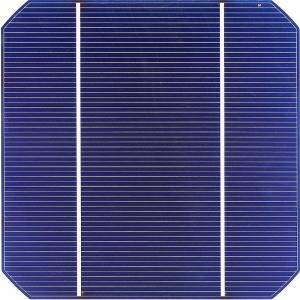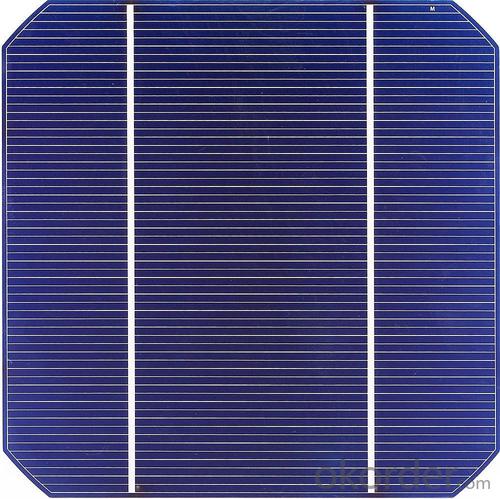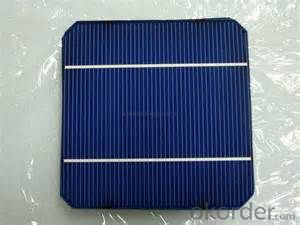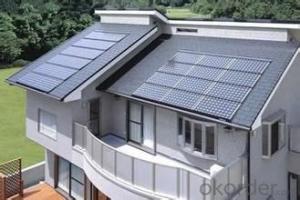Monocrystalline Silicon Solar Cell Type CSUN-S156-3BB-88
- Loading Port:
- China Main Port
- Payment Terms:
- TT or LC
- Min Order Qty:
- 5000 pc
- Supply Capability:
- -
OKorder Service Pledge
OKorder Financial Service
You Might Also Like
1. Structure of Monocrystalline Silicon solar cell type CSUN-S156-3BB-88
A solar cell, is an electrical device that converts the energy of light directly into electricity by the photovoltaic effect, which is a physical and chemical phenomenon. It is a form of photoelectric cell, defined as a device whose electrical characteristics, such as current, voltage, or resistance, vary when exposed to light. Solar cells are the building blocks of photovoltaic modules, otherwise known as solar panels.
2. Main Features of Monocrystalline Silicon Solar Cell type CSUN-S156-3BB-88
★Color uniformity
★High peel strength
★Tighter product performance distribution and 0.1% efficiency step reduce the mismatch power loss during module assembly
★Good module reliability
★Excellent PID-free performance
★Low revrse leakage current
3. Monocrystalline Silicon Solar Cell type CSUN-S156-3BB-88 Specifications
Format : 156 mm × 156 mm ± 0.5 mm
Thickness: 200 μm ±20 μm
Front (-) : 1.35mm bus bars (silver),blue anti-reflection coating (silicon nitride)
Back (+) : 1.8mm wide soldering pads (silver) back surface field (aluminium)

4. Monocrystalline Silicon Solar Cell type CSUN-S156-3BB-88 Images

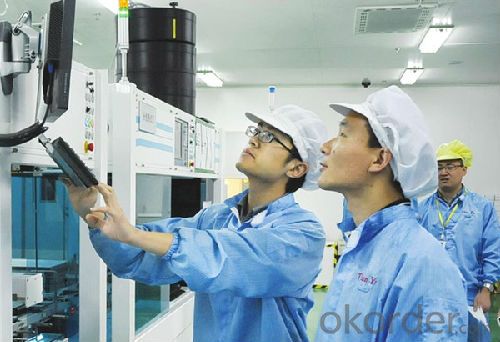
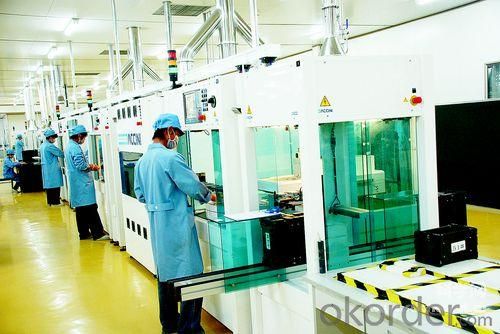
5. FAQ
Q1: How to deliver the solar cells?
Re: Carton Box Package and Deliver by air. It should be noticed that it should be avoid of water, sunshine and moisture.
Q2: What is the advantage of the Mono solar cells?
Re: Mono solar cells has higher efficiency and higher power, and long-term electrical stability.
- Q: Can solar cells be used in satellites?
- Yes, solar cells can be used in satellites. In fact, they are the primary source of power for most satellites in space. Solar cells convert sunlight into electricity, allowing satellites to generate the energy they need to function and carry out their missions.
- Q: Can solar cells be used to charge batteries?
- Yes, solar cells can be used to charge batteries. Solar cells convert sunlight into electrical energy, which can be harnessed to charge batteries by connecting them to a solar panel. The solar panel absorbs sunlight, converts it into electricity, and then transfers that energy to charge the batteries.
- Q: Can solar cells be used to power remote weather stations?
- Yes, solar cells can be used to power remote weather stations. Solar cells can convert sunlight into electricity, providing a reliable and sustainable power source for remote locations where access to the electrical grid is limited or unavailable. This makes solar cells an ideal choice for powering weather stations in remote areas.
- Q: My son is very interested in solar cells recently, and keeps asking me about the structure of a solar cell. Can anybody help me answer that question?
- My way to deal with the questions from my son is to search together with him on line, and learn with him together.
- Q: Can solar cells be used in agriculture?
- Yes, solar cells can be used in agriculture. Solar panels can generate electricity that can power various agricultural applications such as irrigation systems, livestock water heaters, and electric fencing. Additionally, solar energy can be harnessed to power greenhouse operations, improving crop yields and reducing reliance on traditional energy sources.
- Q: Can solar cells work in cloudy weather?
- Yes, solar cells can still work in cloudy weather, although their efficiency may be reduced. Clouds diffuse sunlight, causing a decrease in the amount of direct sunlight reaching the solar cells. However, solar cells can still generate electricity from the diffused sunlight, although at a lower rate compared to sunny conditions.
- Q: What is the internal structure of solar panels
- 3) The main role of the battery is the power generation, power generation main market is the mainstream of crystalline silicon solar cells, thin film solar cells, both of their advantages and disadvantages.
- Q: Can solar cells be used in desert environments?
- Yes, solar cells can be used in desert environments. In fact, desert regions are ideal for solar energy production due to the high amount of sunlight available. The arid climate and lack of cloud cover in deserts contribute to optimal solar panel performance, making them efficient in generating electricity. Additionally, the vast open spaces in deserts provide ample land for large-scale solar power plants.
- Q: Can solar cells be used in off-grid water desalination?
- Yes, solar cells can be used in off-grid water desalination. Solar energy can power the desalination process, typically through a combination of solar panels and a renewable energy storage system. This allows for the conversion of saltwater into fresh water without the need for a connection to the electrical grid. The energy from the sun is harnessed, stored, and utilized to run the desalination equipment, making it a sustainable and environmentally friendly solution for off-grid water desalination.
- Q: Are solar cells safe for the environment?
- Yes, solar cells are safe for the environment. They generate electricity without emitting harmful greenhouse gases or pollutants, making them a clean and sustainable source of energy. Additionally, their production and operation have minimal impact on ecosystems compared to fossil fuel-based power generation.
Send your message to us
Monocrystalline Silicon Solar Cell Type CSUN-S156-3BB-88
- Loading Port:
- China Main Port
- Payment Terms:
- TT or LC
- Min Order Qty:
- 5000 pc
- Supply Capability:
- -
OKorder Service Pledge
OKorder Financial Service
Similar products
Hot products
Hot Searches
Related keywords
